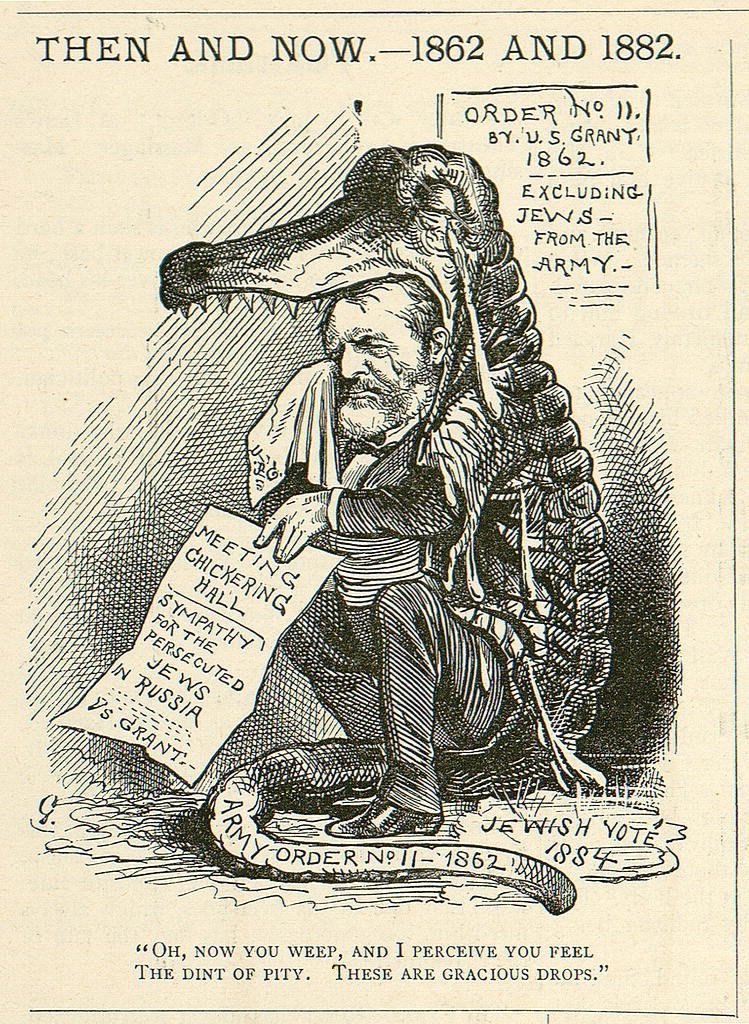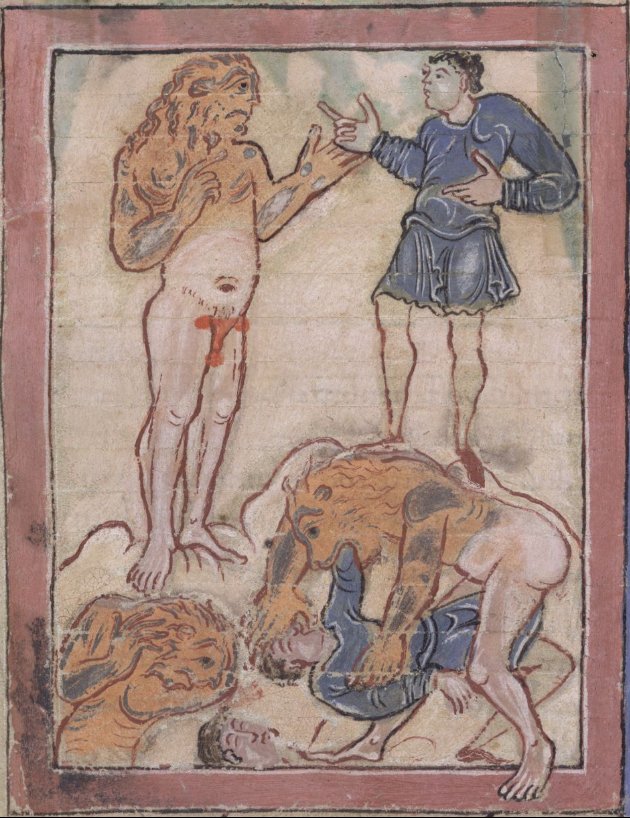17 November 2021
The phrases smoking gun or smoking pistol refer to incontrovertible evidence of guilt. Smoking gun gained notoriety during the 1974 investigation into the Watergate affair, when one of the White House tapes showed that President Richard Nixon had ordered the cover-up of the break-in to the Democratic national headquarters, but the phrase is much older.
Literal use of smoking pistol dates to at least 9 November 1832, when it appears in a news story in the Baltimore Gazette about a suicide:
The porter at the hotel heard the explosion, and upon bursting open the door, the unfortunate youth was found extended on the bed, one arm resting on the ground, and the yet smoking pistol at some paces from him.
And use of the phrase to refer to incontrovertible evidence, in this case still literally a pistol, dates to at least 1850 and reporting on an attempt to assassinate the King of Prussia, Frederick William IV:
The constables and bystanders rushed upon the culprit, felled him to the ground, and tore from his hand the still smoking pistol.
The form smoking gun, also appears around this time, but the early uses are all references to military weaponry, usually artillery. But a humorous story about a wife peppering her husband with birdshot that uses the phrase, still literal but in the sense of criminal evidence, appears in the 20 November 1879 Reno Evening Gazette:
The two explosions were almost simultaneous, and Lou bounded in the air like a roebuck. When he came down the silent woods resounded with a blasphemy boom which frightened the game for miles around. Mrs. W. handed the reporter the gun, and when her husband came fuming back to the crowd, assured him that
SHE HADN’T FIRED THE SHOT.
The circumstantial evidence against the reporter, with a smoking gun in his hand, was so strong that he was obliged to run for his life.
Metaphorical use of smoking gun dates to at least 5 November 1886, when it appears in an extended metaphor, comparing a political battle to a military one, in the Kansas City Times. Again, the metaphorical gun is an artillery piece, not a small arm:
The survivors of Tuesday’s political battle have scarcely recovered from their bewilderment, but they are surveying the battlefield with dazed interest and trying to make up a list of the killed, wounded and missing. The victor sits on the carriage of his smoking gun rubbing his head and wondering whether he or the enemy lost the more men and what the three cornered scrimmage meant after all.
But what cemented smoking gun into the public consciousness was its use in the Watergate affair nearly a century later. Nixon’s supporters began using the phrase as metaphor for the evidence needed to impeach the president. From the New York Times of 14 July 1974:
The big question asked over the last few weeks in and around the House Judiciary Committee’s hearing room by committee members who are uncertain about how they felt about impeachment was, “Where’s the smoking gun?” In large measure, that question was a tribute to the defense strategy of James D. St. Clair, President Nixon’s lawyer. He has argued that the President can be impeached only if it is found that he committed a serious crime.
In a unanimous decision, the US Supreme Court ordered Nixon to hand over the White House tapes on 24 July 1974. Nixon complied on 5 August, and one of the tapes proved damning, showing that Nixon had ordered the cover-up of the break-in to the Democratic National Headquarters at the Watergate office complex. Republican Representative Barber Conable, who had been a supporter of the president, described the tape as a smoking gun. From the Boston Globe of 6 August 1974:
Rep. Barber B. Conable Jr. (R–N.Y.), chairman of the House Republican Policy Committee said, “I guess we have found the smoking gun, haven’t we?” in reference to statements months ago by GOP stalwarts that they would not turn against the President until they found him holding a “smoking gun” in his hand.
The so-called smoking-gun tape, recorded on 23 June 1972, records a conversation between Nixon and Chief of Staff H.R. Haldeman. The transcript reads, in part:
HALDEMAN: That the way to handle this now is for us to have [Deputy CIA Director] Walters call [FBI Director] Pat Gray and just say, “Stay the hell out of this...this is ah, business here we don’t want you to go any further on it.” That’s not an unusual development,...
PRESIDENT: Um huh.
HALDEMAN: ...and, uh, that would take care of it.
[…]
NIXON: Well, not sure of their analysis, I’m not going to get that involved. I’m (unintelligible).
HALDEMAN: No, sir. We don’t want you to.
NIXON: You call them in. Good. Good deal! Play it tough. That’s the way they play it and that’s the way we are going to play it.
Nixon resigned on 8 August 1974, just three days after the tape was made public.
Sources:
“The First Debt.” Baltimore Gazette and Daily Advertiser, 9 November 1832, 2. Readex: America’s Historical Newspapers.
“Lou Walker’s Ranch. He Shoots a Rabbit While His Wife Shoots Him.” Reno Evening Gazette (Nevada), 20 November 1879, 1. ProQuest Historical Newspapers.
Oxford English Dictionary, second edition, 1989, s.v. smoking, adj.
“Prussia. Attempt to Assassinate the King.” The Scotsman (Edinburgh), 29 May 1850. ProQuest Historical Newspapers.
“The Smoking Gun Tape,” 23 June 1972. Watergate.info.
“Was Blaine Behind It?” Kansas City Times (Missouri), 5 November 1886, 1. Readex: America’s Historical Newspapers.
Wermiel, Stephen. “President’s Support Eroding.” Boston Globe, 6 August 1974, 6. ProQuest Historical Newspapers.
Wilkins, Roger. “The Evidence for Impeachment.” New York Times, 14 July 1974, Section 4, 1. ProQuest Historical Newspapers.
Photo credit: unknown photographer, White House photo. Public domain image.






